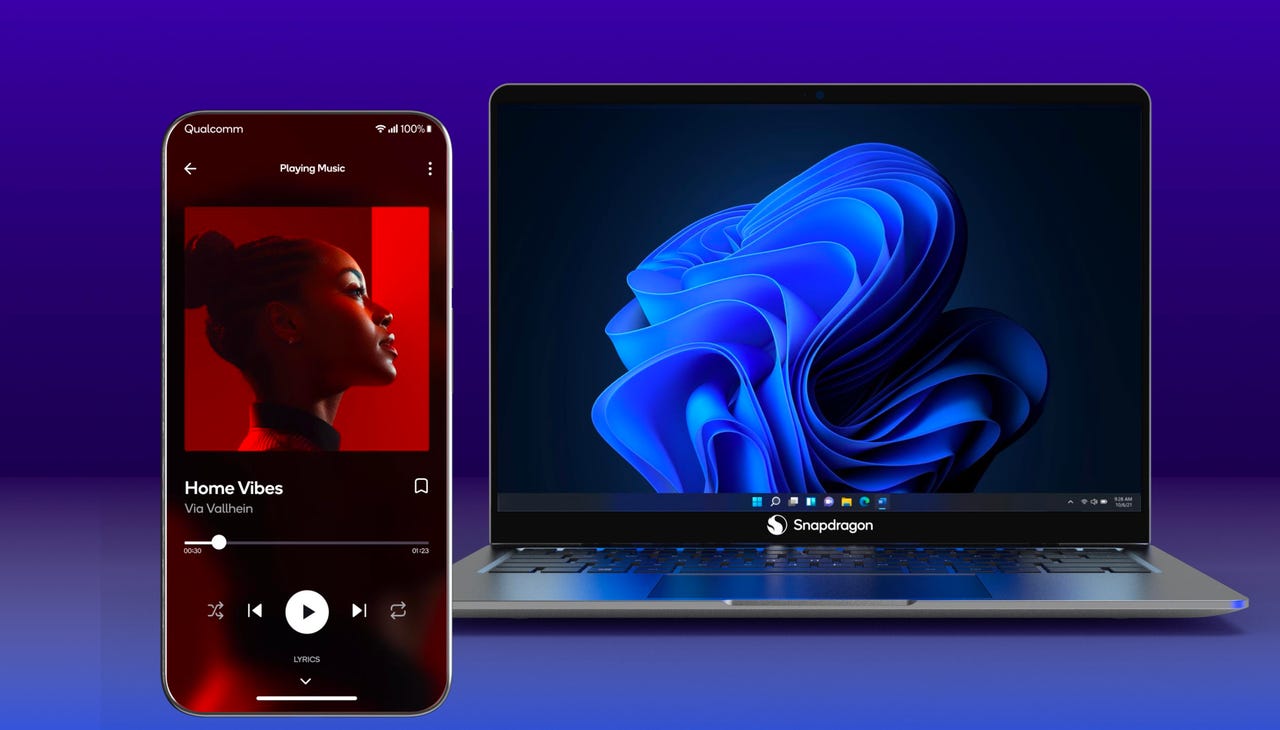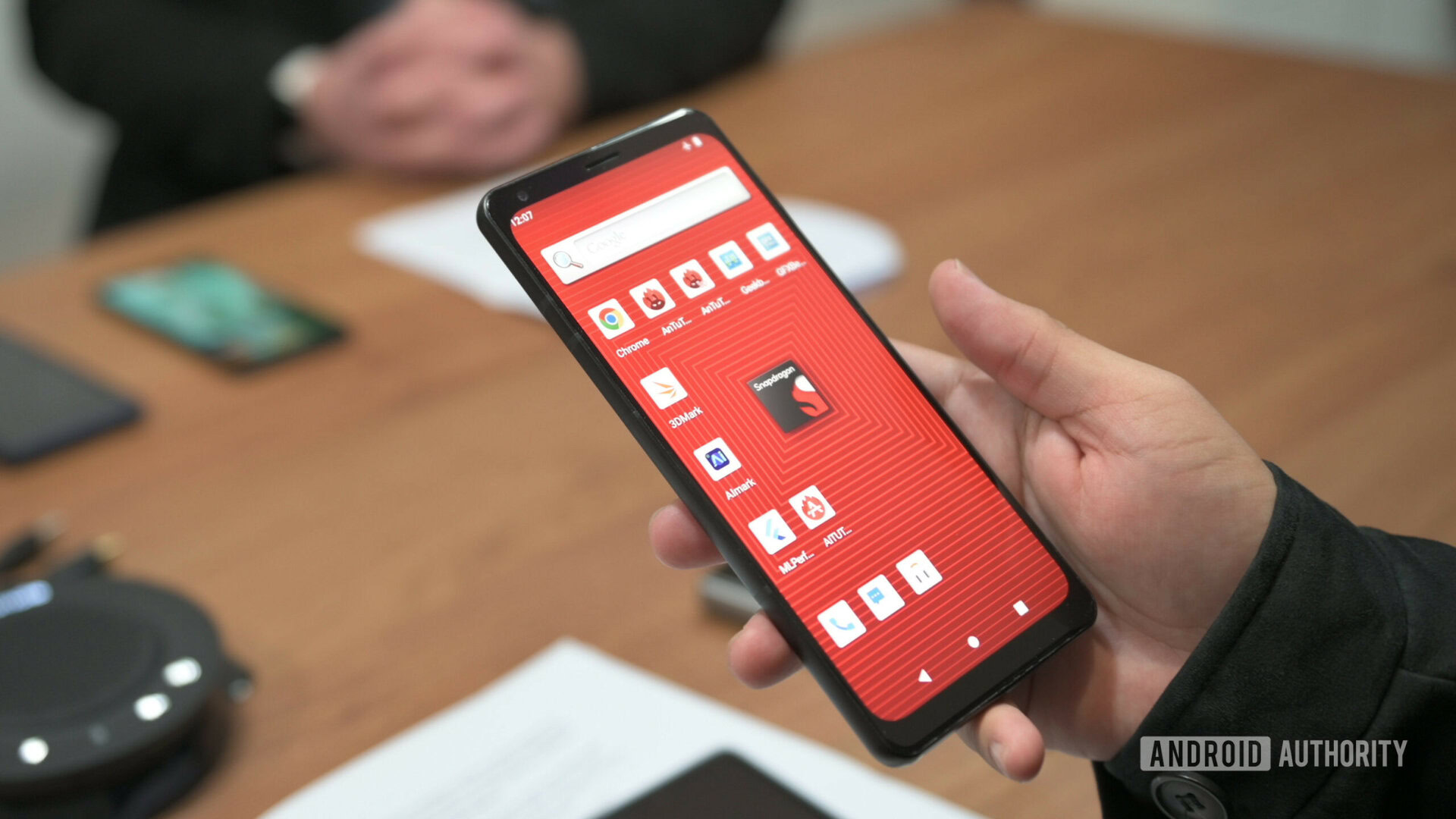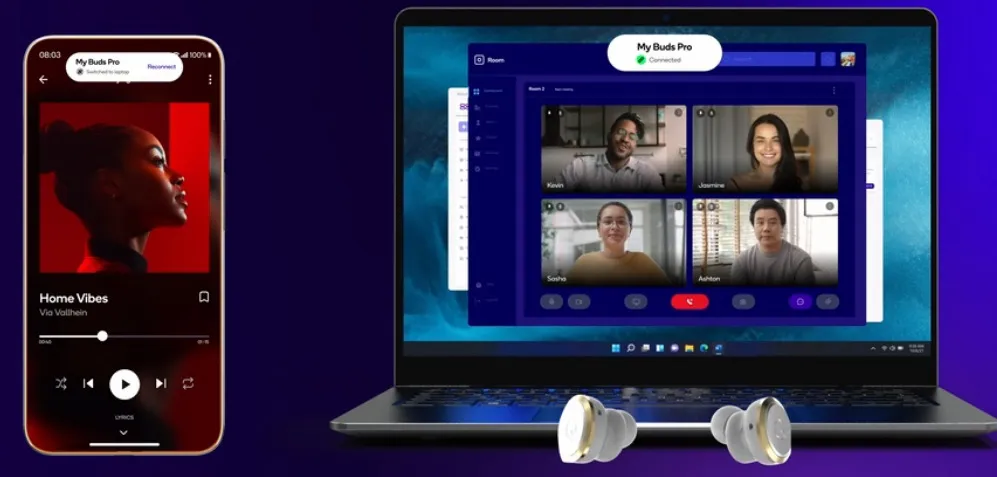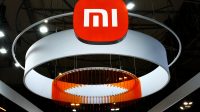Qualcomm Unveils Snapdragon Seamless

At the Snapdragon Summit held in Hawaii in late October, Qualcomm unveiled a novel solution aiming to facilitate seamless connectivity across a variety of devices, including phones, PCs, tablets, headphones, and accessories. This initiative, known as Snapdragon Seamless, seeks to emulate Apple’s renowned interoperability within its ecosystem. Qualcomm’s approach involves integrating its system into devices, requiring minimal hardware modifications. The company envisions achieving broad interoperability across different platforms, manufacturers, and operating systems.
Snapdragon Seamless

During the summit, Qualcomm showcased the capabilities of Snapdragon Seamless through practical demonstrations. In one instance, a photo booth equipped with Snapdragon-powered devices demonstrated the seamless workflow. An Honor phone captured photos, and an attendant, using a laptop with a separate keyboard and mouse, effortlessly transferred and edited the images in real-time. This exemplified the potential for interconnected devices to collaborate seamlessly.
Snapdragon Seamless goes beyond simple file transfers; it aims to establish continuity between devices. The system utilizes multiple connectivity layers, including Bluetooth, Wi-Fi, ultrawideband, and cellular signals, allowing devices to communicate in real time. This responsiveness opens up possibilities like remotely activating a camera on another device or transitioning audio automatically between earbuds and various devices.
The goal of Snapdragon Seamless is to create a unified experience similar to Apple’s ecosystem interoperability. Google and Intel have also ventured into enhancing interoperability, but Qualcomm’s solution seems to focus on a comprehensive approach, including interoperability between Windows and Android devices through a software library.
Implementation Challenges and Privacy Considerations

Implementing Snapdragon Seamless involves device makers making choices about information sharing and ensuring privacy through encryption or authentication for sensitive data. The hardware specifications of devices determine their capabilities within the Seamless protocol, such as ultrawideband functionality for unlocking car doors or Bluetooth low energy for sustained connections without significant battery drain.
During a Q&A session at the summit, Qualcomm representatives discussed potential use cases, such as devices sharing information about connectivity conditions in their vicinity. The system’s capabilities extend to scenarios involving extended reality, showcasing real-time data exchange between devices during activities like workouts or gaming.
Aligning with AI Integration

Snapdragon Seamless also aligns with Qualcomm’s focus on integrating artificial intelligence (AI) capabilities into devices. By seamlessly leveraging AI capabilities across multiple devices, Snapdragon Seamless aims to enhance user experiences and create new use cases.
While the appeal of Snapdragon Seamless is evident, Qualcomm acknowledges the challenges of convincing manufacturers to adopt the system. The company emphasizes the importance of creating standardized ways for different manufacturers to unify their ecosystems, providing users with cohesive cross-device experiences.
In summary, Snapdragon Seamless represents Qualcomm’s ambitious step towards achieving cross-device interoperability, offering a glimpse into a future where diverse devices seamlessly collaborate to enhance user experiences.
Read More (Innovation)








